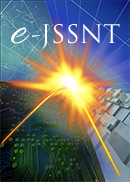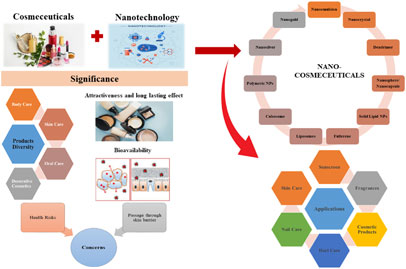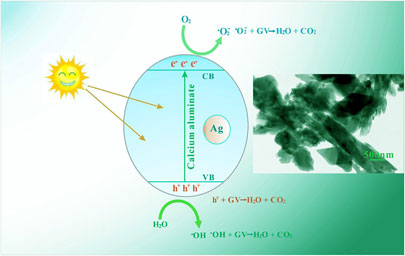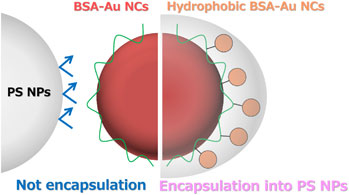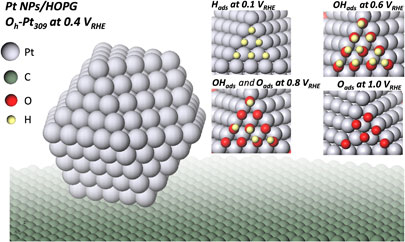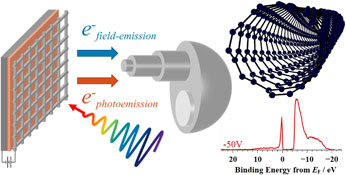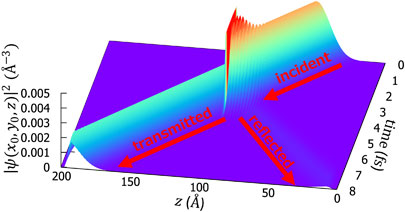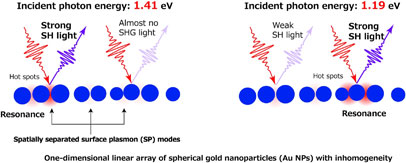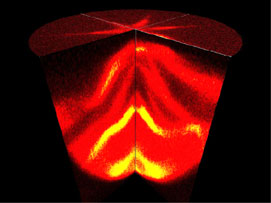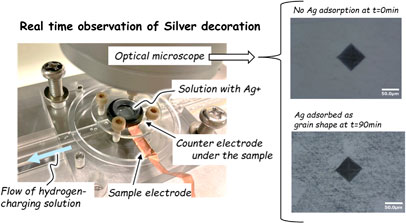最新号
選択された号の論文の14件中1~14を表示しています
- |<
- <
- 1
- >
- >|
Review Paper
-
原稿種別: Review Paper
専門分野: Nano-Materials
2024 年 22 巻 2 号 p. 86-97
発行日: 2023/12/02
公開日: 2024/04/13
[早期公開] 公開日: 2023/12/02PDF形式でダウンロード (1303K)
Regular Papers
-
原稿種別: Regular Paper
専門分野: Nano-Science and -Technology
2024 年 22 巻 2 号 p. 98-106
発行日: 2023/12/28
公開日: 2024/04/13
[早期公開] 公開日: 2023/12/28PDF形式でダウンロード (2812K) -
原稿種別: Regular Paper
専門分野: Nano-Materials
2024 年 22 巻 2 号 p. 107-114
発行日: 2023/12/28
公開日: 2024/04/13
[早期公開] 公開日: 2023/12/28PDF形式でダウンロード (4108K) -
原稿種別: Regular Paper
専門分野: Nano-Materials
2024 年 22 巻 2 号 p. 115-119
発行日: 2024/02/10
公開日: 2024/04/13
[早期公開] 公開日: 2024/02/10PDF形式でダウンロード (1263K) -
原稿種別: Regular Paper
専門分野: Interdisciplinary
2024 年 22 巻 2 号 p. 120-128
発行日: 2024/02/10
公開日: 2024/04/13
[早期公開] 公開日: 2024/02/10PDF形式でダウンロード (5192K) -
原稿種別: Regular Paper
専門分野: Catalysis
2024 年 22 巻 2 号 p. 129-137
発行日: 2024/02/15
公開日: 2024/04/13
[早期公開] 公開日: 2024/02/15PDF形式でダウンロード (2260K) -
原稿種別: Regular Paper
専門分野: Nano-Science and -Technology
2024 年 22 巻 2 号 p. 138-144
発行日: 2024/03/02
公開日: 2024/04/13
[早期公開] 公開日: 2024/03/02PDF形式でダウンロード (2332K) -
原稿種別: Regular Paper
専門分野: Micro- and Nano-Fabrication
2024 年 22 巻 2 号 p. 145-148
発行日: 2024/03/02
公開日: 2024/04/13
[早期公開] 公開日: 2024/03/02PDF形式でダウンロード (2291K) -
原稿種別: Regular Paper
専門分野: Devices and Sensors
2024 年 22 巻 2 号 p. 149-156
発行日: 2024/03/09
公開日: 2024/04/13
[早期公開] 公開日: 2024/03/09PDF形式でダウンロード (4765K) -
原稿種別: Regular Paper
専門分野: Nano-Science and -Technology
2024 年 22 巻 2 号 p. 157-161
発行日: 2024/03/16
公開日: 2024/04/13
[早期公開] 公開日: 2024/03/16PDF形式でダウンロード (1766K)
Technical Notes
-
原稿種別: Technical Note
専門分野: Instrumentations and Techniques
2024 年 22 巻 2 号 p. 162-169
発行日: 2024/01/25
公開日: 2024/04/13
[早期公開] 公開日: 2024/01/25PDF形式でダウンロード (3312K) -
原稿種別: Technical Note
専門分野: Instrumentations and Techniques
2024 年 22 巻 2 号 p. 170-173
発行日: 2024/02/17
公開日: 2024/04/13
[早期公開] 公開日: 2024/02/17PDF形式でダウンロード (1300K) -
原稿種別: Technical Note
専門分野: Instrumentations and Techniques
2024 年 22 巻 2 号 p. 174-178
発行日: 2024/03/23
公開日: 2024/04/13
[早期公開] 公開日: 2024/03/23PDF形式でダウンロード (1841K)
Conference—IVESC 2023—
-
原稿種別: Proceeding Paper
専門分野: Nano-Science and -Technology
2024 年 22 巻 2 号 p. 179-187
発行日: 2024/03/30
公開日: 2024/04/13
[早期公開] 公開日: 2024/03/30PDF形式でダウンロード (5626K)
- |<
- <
- 1
- >
- >|
